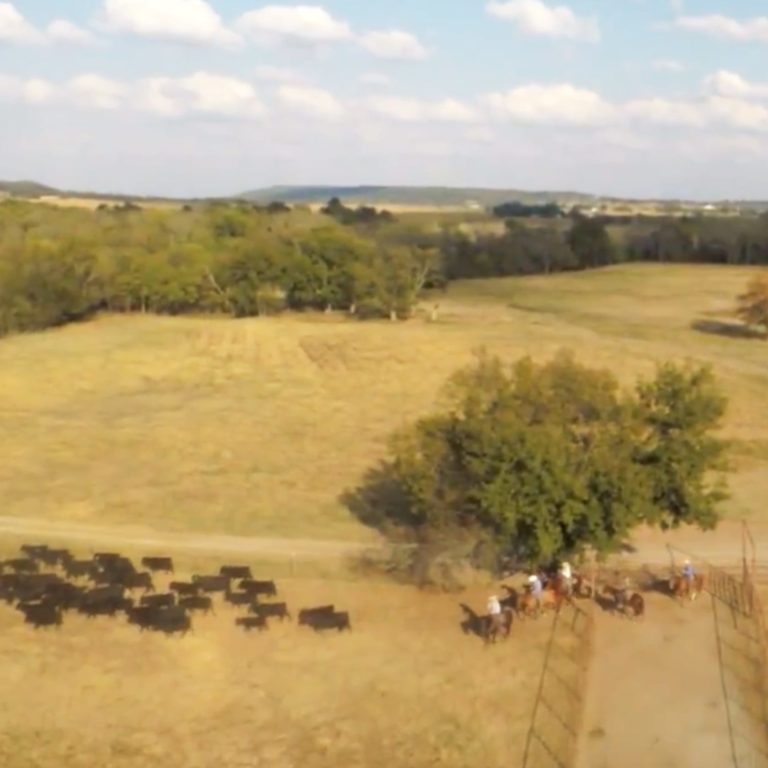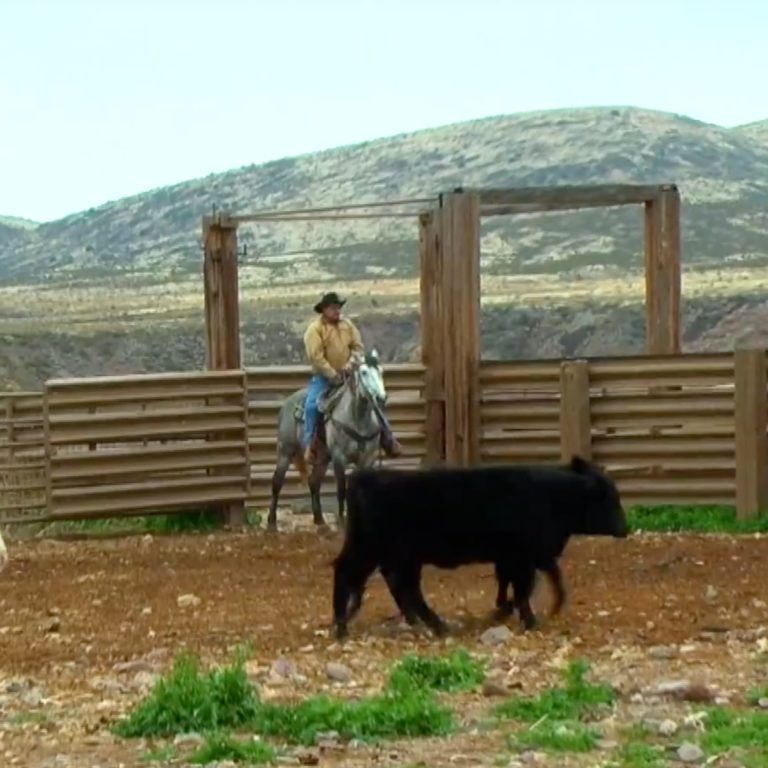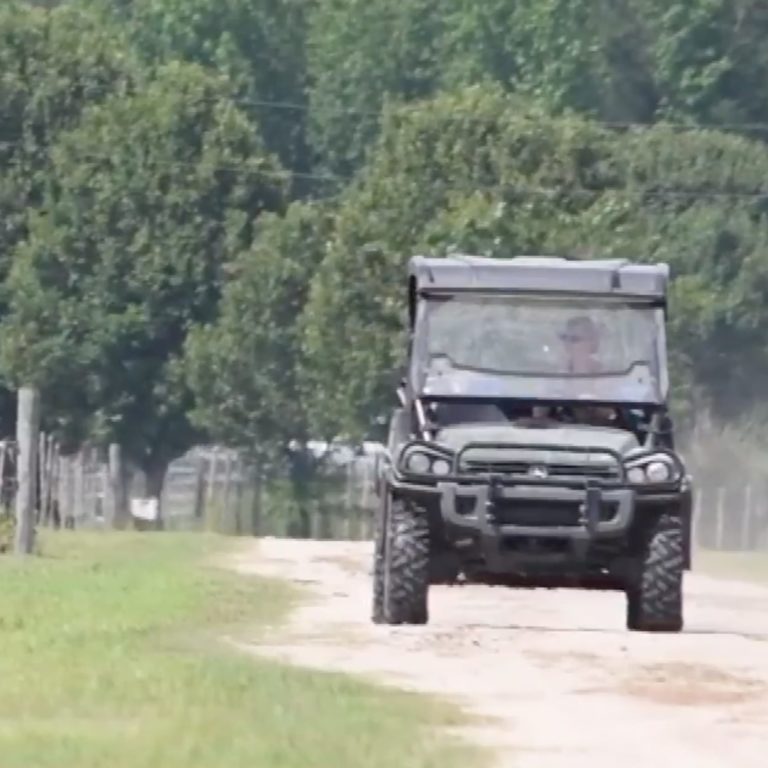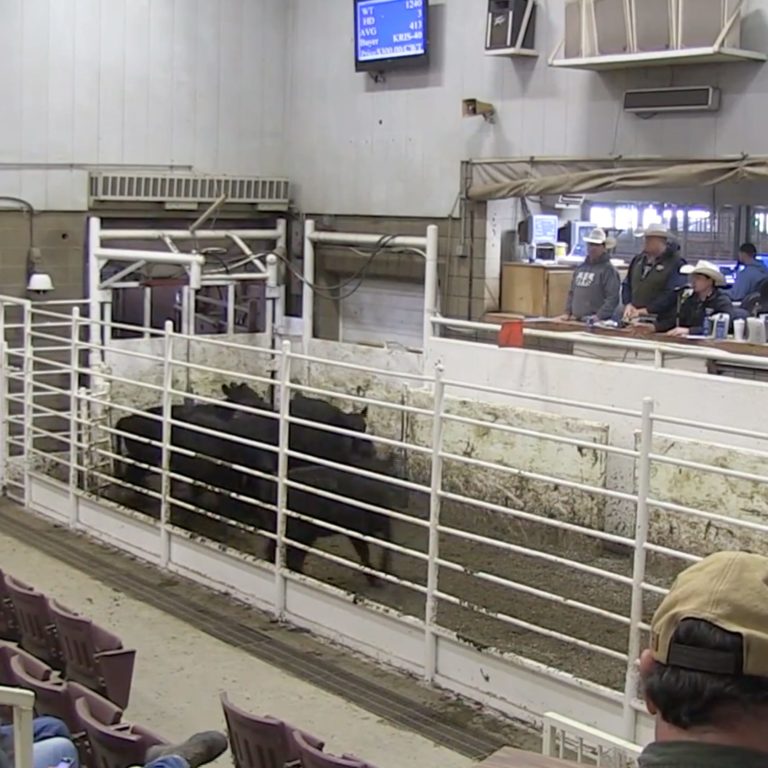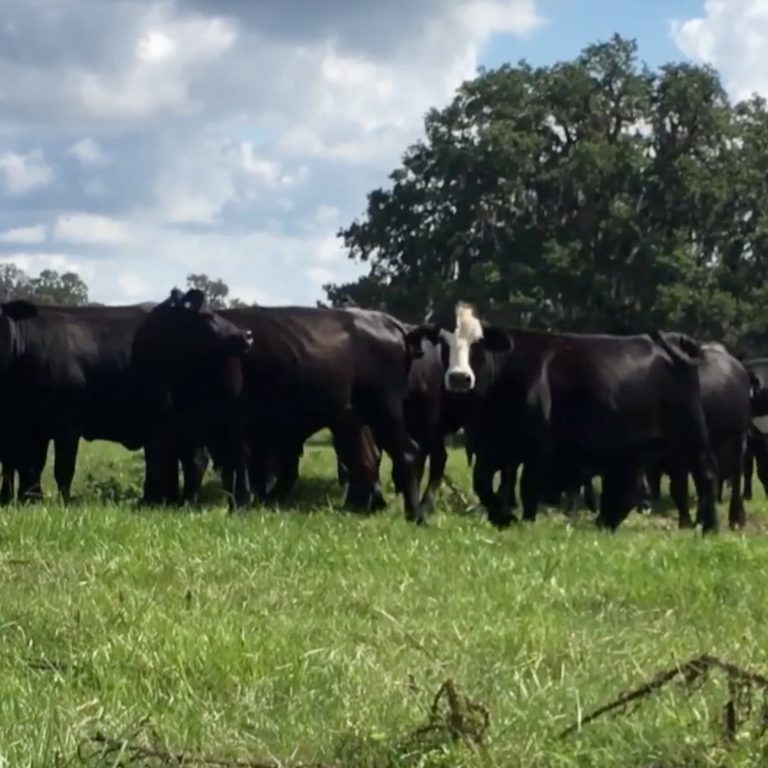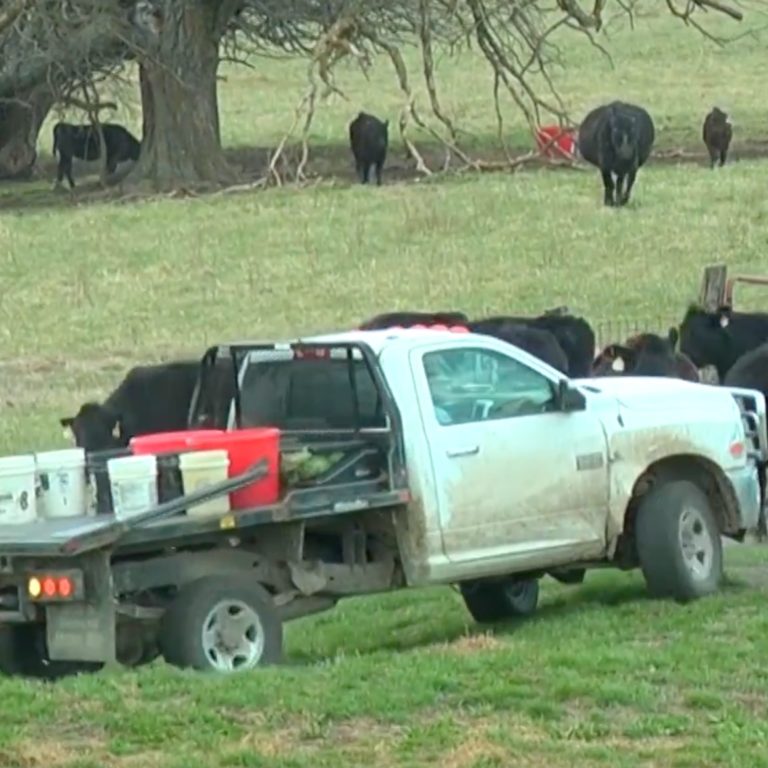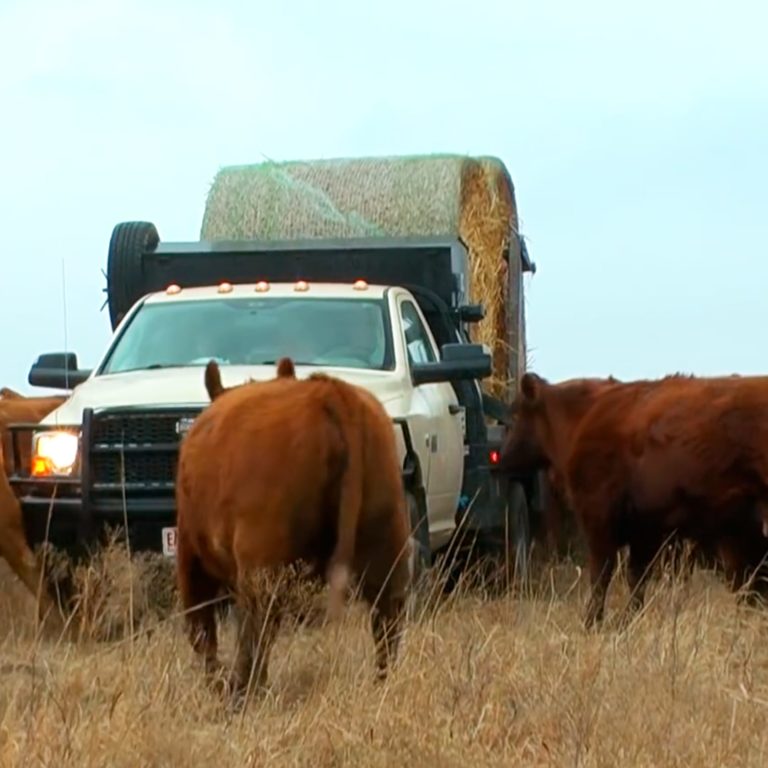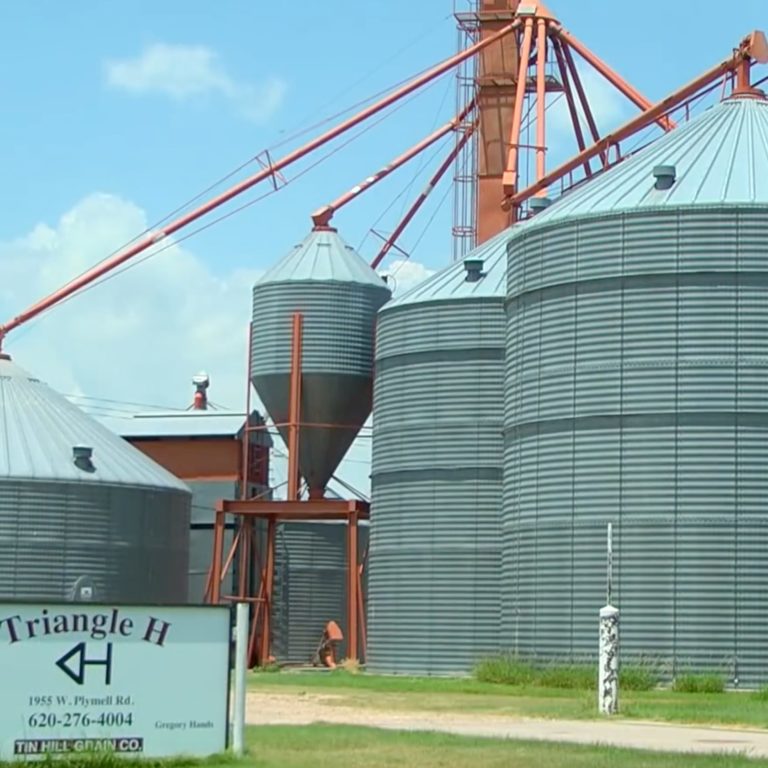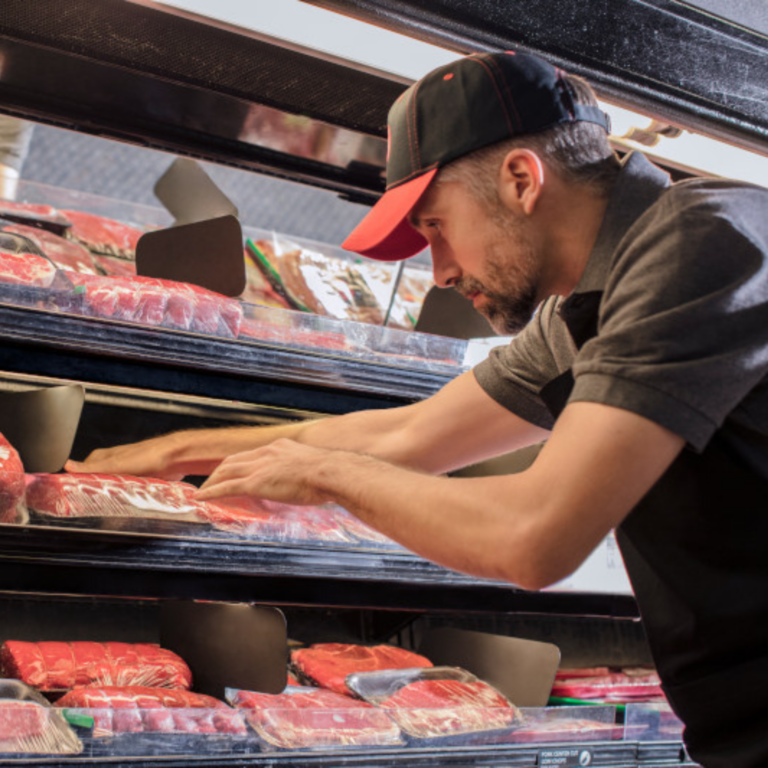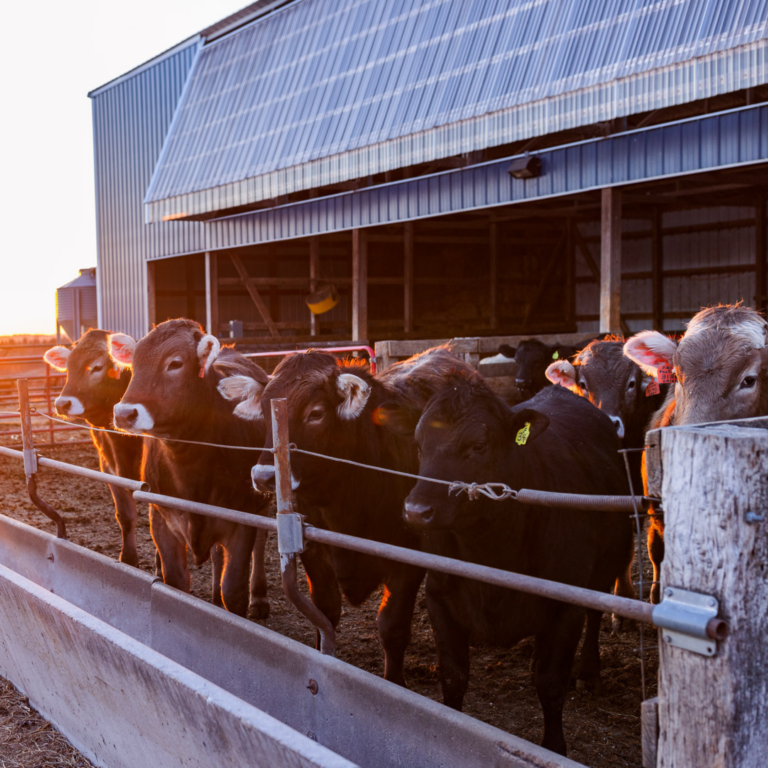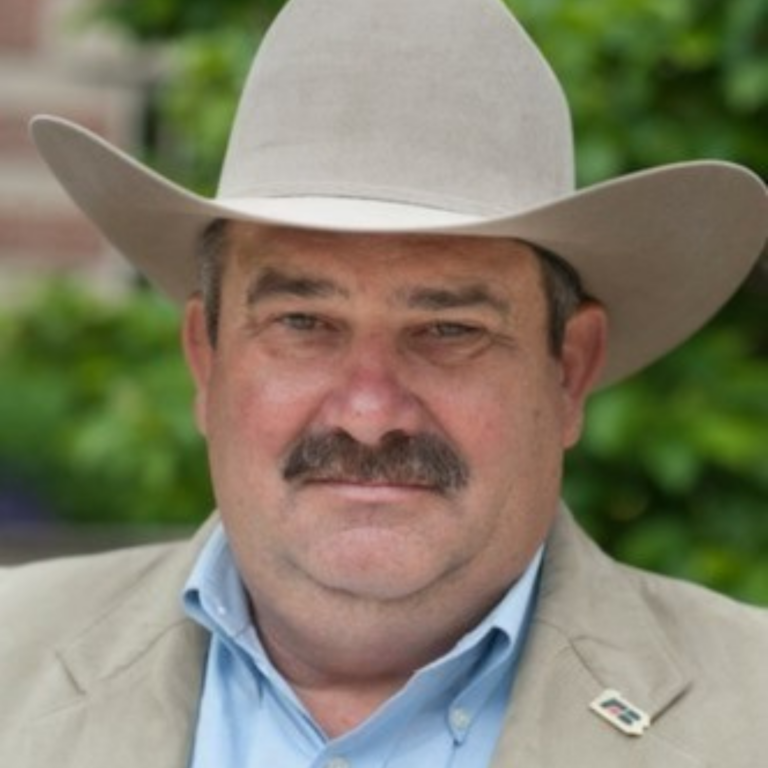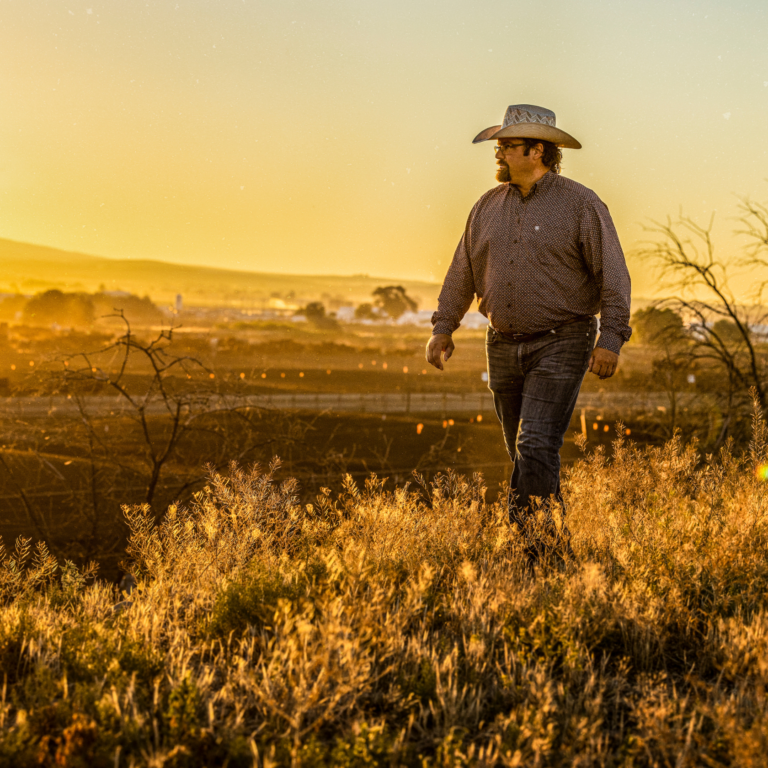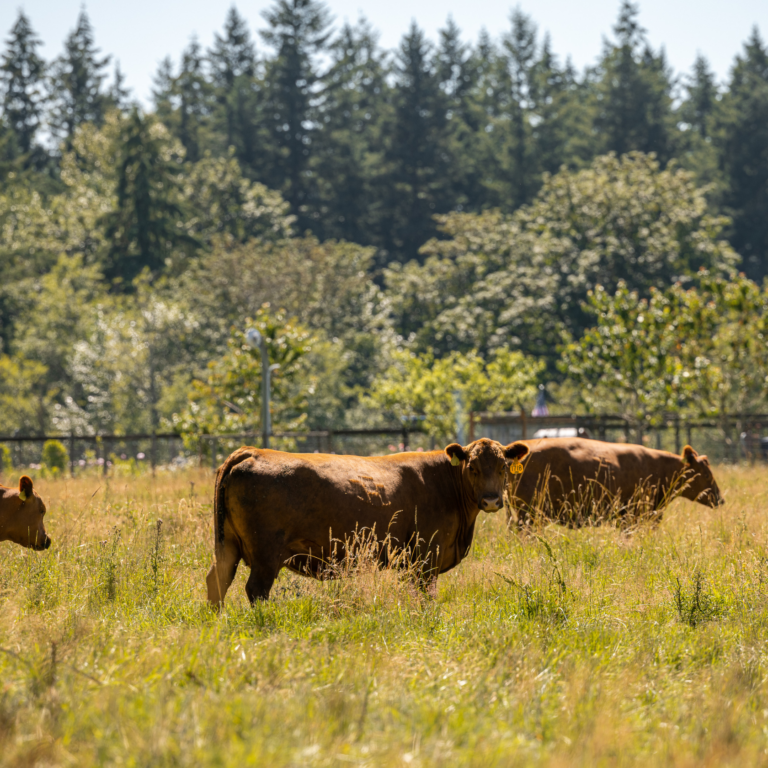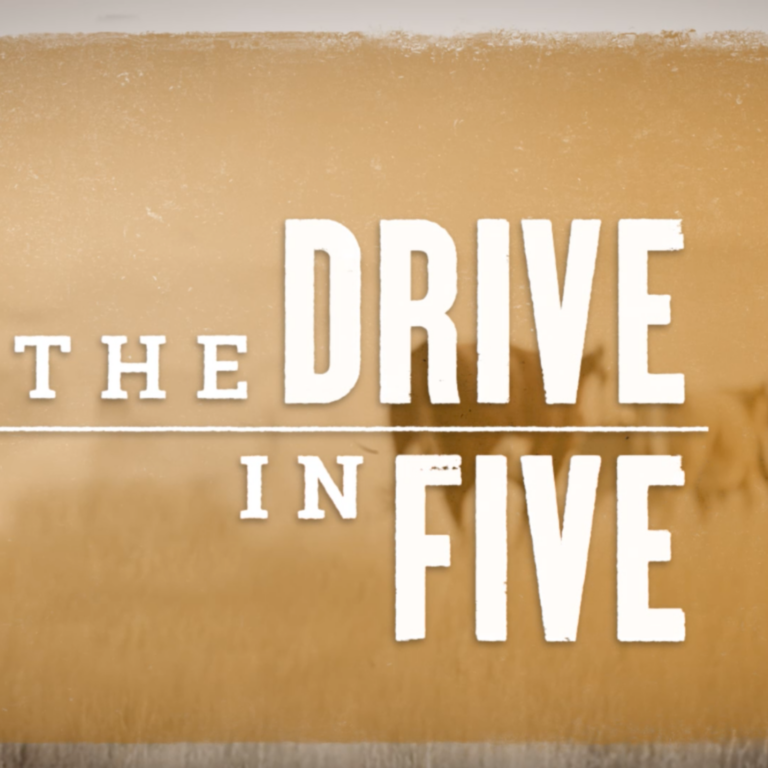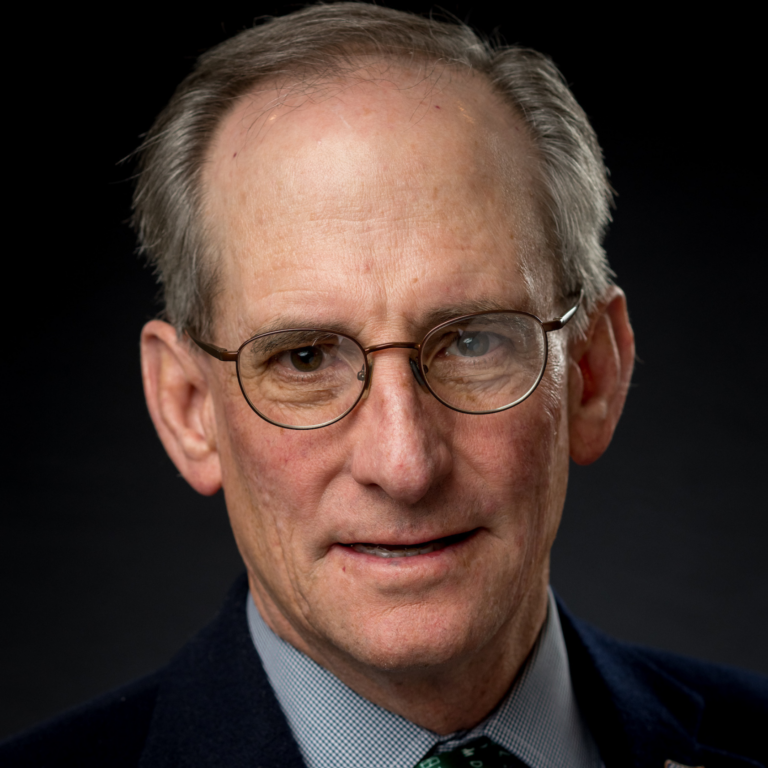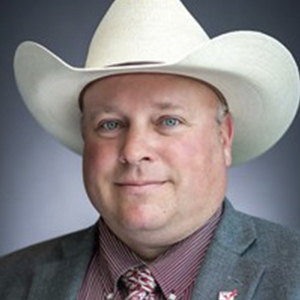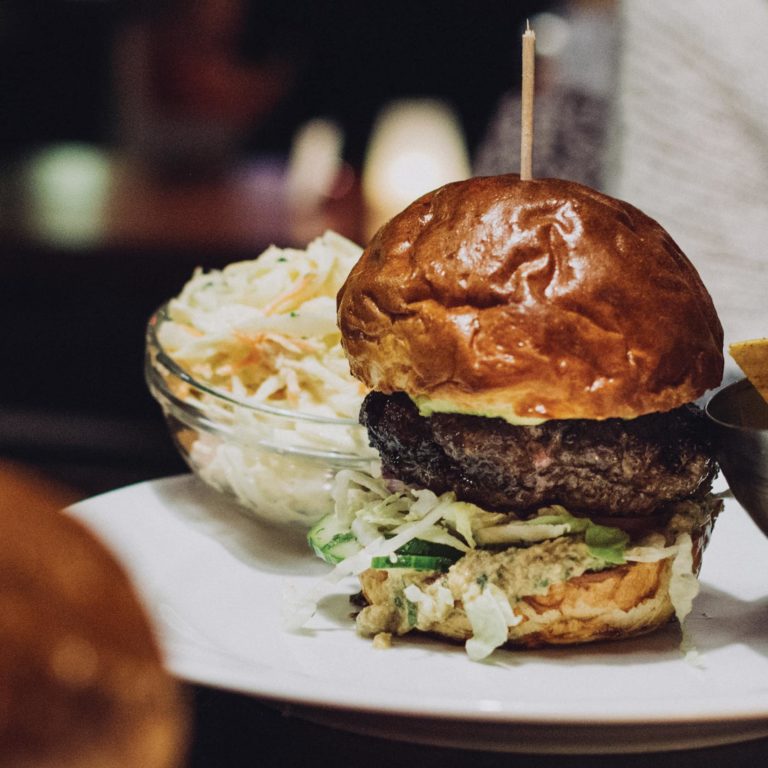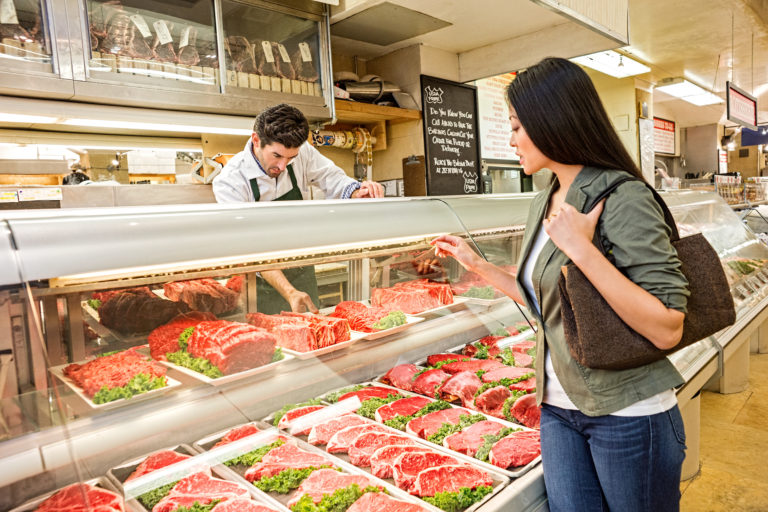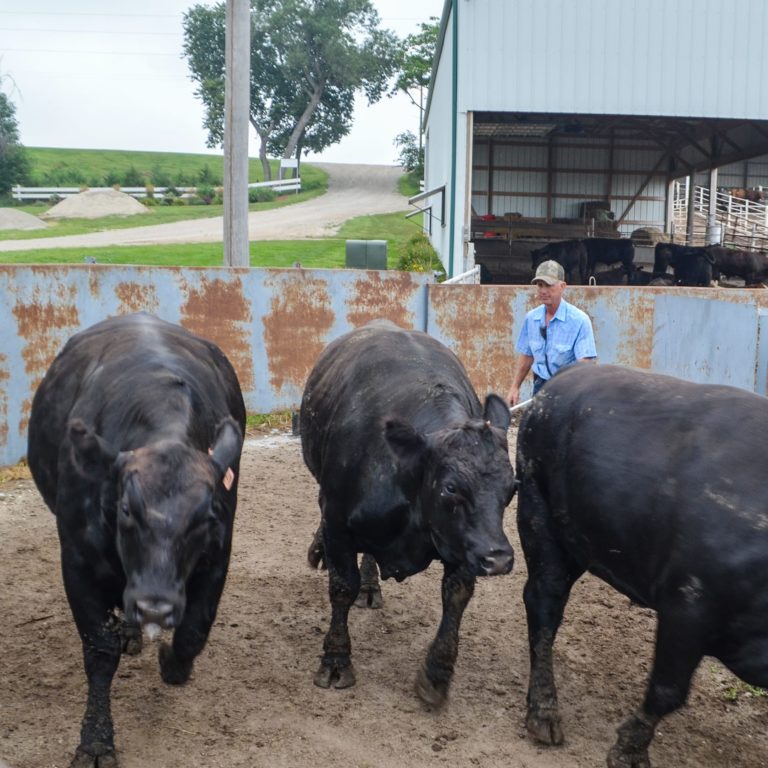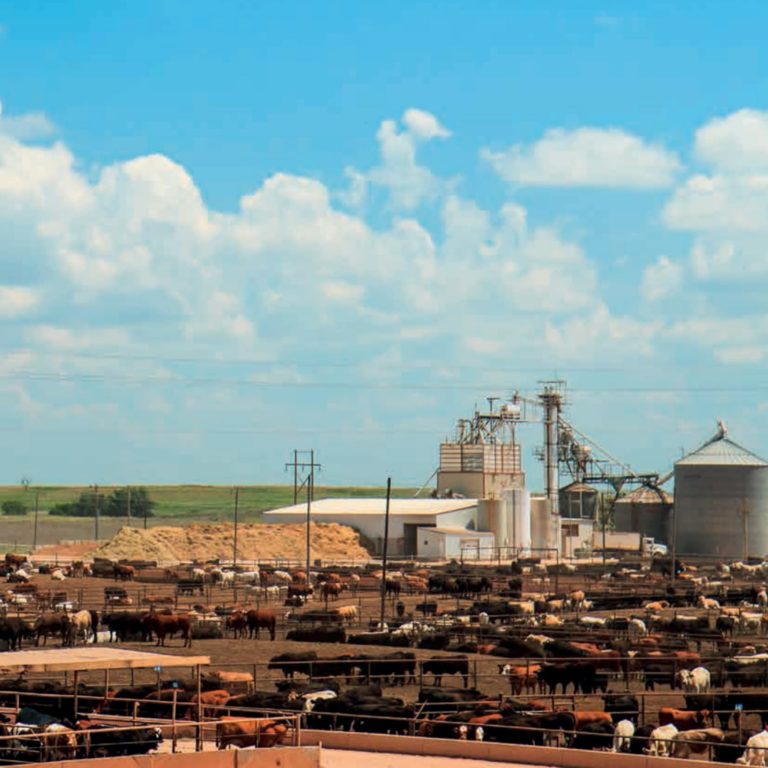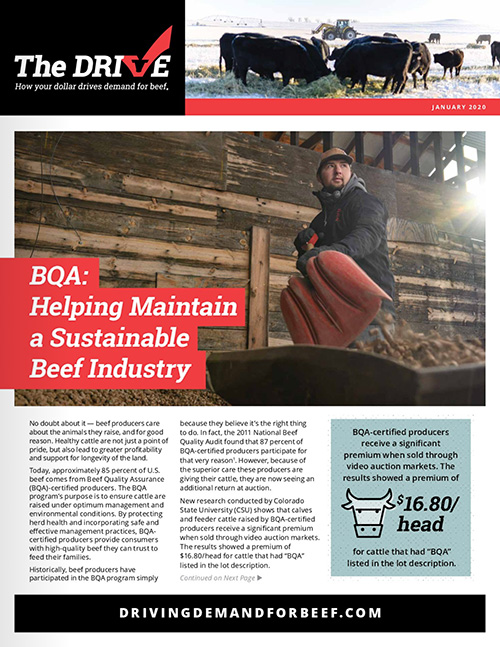Pass It On! BQA Practices Ensure High-Quality Beef
The Beef Industry Long Range Plan (LRP) is developed every three to five years and lays out aggressive goals to strengthen the beef industry. As part of this initiative, the Beef Checkoff interviewed cattlemen and women across the country to hear the checkoff is helping them for long-term success on their operations.
Empire Dairy, Colorado
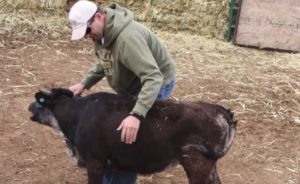 At Empire Dairy near Wiggins, Colorado, the Dinis family relies on the checkoff-funded Beef Quality Assurance program to teach them cattle-handling techniques, which allows them to sell better-quality beef, along with the high-quality milk produced at the farm. Following good management practices is part of their plan to pass the farm along to the third generation.
At Empire Dairy near Wiggins, Colorado, the Dinis family relies on the checkoff-funded Beef Quality Assurance program to teach them cattle-handling techniques, which allows them to sell better-quality beef, along with the high-quality milk produced at the farm. Following good management practices is part of their plan to pass the farm along to the third generation.
“We want to keep that animal in the best condition possible, not only for the health and welfare of the cow, but at the end of its production cycle we want to produce a quality product that we can enter into the beef supply,” says Britt Dinis. “At the end of the day, the more successful operation you can have the better chance you give your kids to carry on and continue in this industry.”
How does the Beef Checkoff Help?
The Beef Checkoff plays an important role growing and maintaining beef demand, thus opening new opportunities for cattle producers to sustain their businesses for generations to come. That includes keeping close tabs on what consumers want in terms of end products, as well as sharing information regarding safe and sustainable beef production carried out by cattle producers – ensuring that’s what they find at the meat case when they go to purchase food for their families.
It’s no small task, but checkoff investments are part of the reason that beef demand has remained strong throughout the extremely tight supplies of recent years. In fact, a study by Dr. Harry Kaiser at Cornell University demonstrates that every checkoff dollar invested has a return on investment of $11.20. That means that every dollar invested by cattle producers returns $11.20 more to an operation than would have received without the checkoff in place.
The Beef Checkoff program was established as part of the 1985 Farm Bill. The checkoff assesses $1 per head on the sale of live domestic and imported cattle, in addition to a comparable assessment on imported beef and beef products. States may retain up to 50 cents on the dollar and forward the other 50 cents per head to the Cattlemen’s Beef Promotion and Research Board, which administers the national checkoff program, subject to USDA approval.




